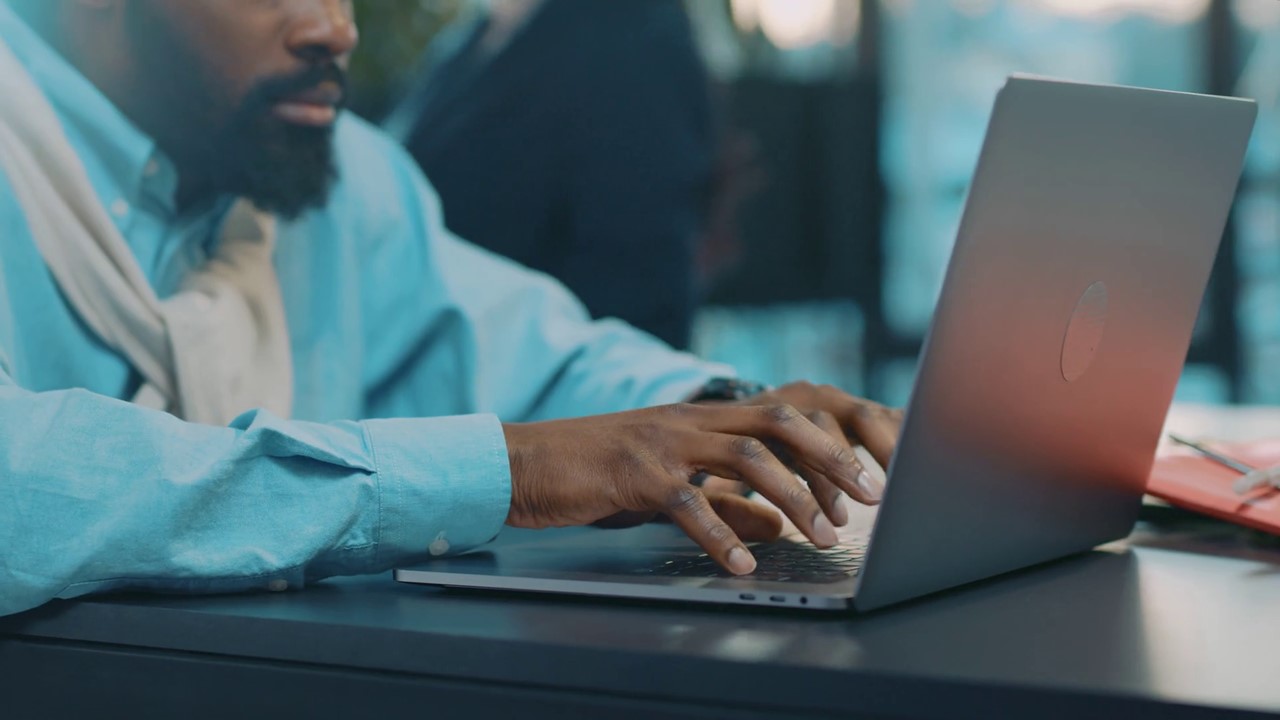When sending a business letter, it is important to include all necessary documents or additional information to ensure clear communication and avoid any misunderstandings. One way to do this is by utilizing enclosure notation, which indicates that there are additional items included with the letter. This small detail can make a big difference in the professionalism and effectiveness of your correspondence. Let’s take a look at a sample business letter with enclosure notation to see how it’s done.
The Best Structure for Enclosure in Business Letter Sample
When you are sending a business letter that includes additional documents or items, it’s important to clearly indicate the presence of these enclosures. A well-structured enclosure notation can help ensure that the recipient understands what is included with the letter and can easily locate the attachments.
Below is a recommended structure for including enclosures in a business letter:
- Start by typing “Enclosure” or “Enclosures” at the bottom left corner of the letter, a few lines below the signature line. This signals to the recipient that there are additional items included with the letter.
- List the specific items that are enclosed, either by name or by category (e.g., “Enclosures: Resume, Writing Samples”). This helps the recipient quickly identify what they should be looking for.
- If there are multiple items enclosed, you can list them with bullets or numbers to make it easier to read. For example:
- Enclosures:
- Resume
- Cover Letter
- References
- Enclosures:
- Make sure to include the enclosure notation even if you are sending the letter electronically. You can include it in the body of the email or at the end of the electronic document.
By following this structure, you can ensure that your business letters are clear, concise, and professional. Including a well-formatted enclosure notation can also help prevent any confusion or oversight on the part of the recipient.
Sample Enclosure in Business Letters
Enclosure: Quarterly Financial Report
Dear Mr. Smith,
Please find attached the quarterly financial report for your review. If you have any questions or need further clarification, don’t hesitate to reach out. Thank you for your attention to this matter.
Enclosure: Project Proposal
Dear Ms. Johnson,
Enclosed is the project proposal we discussed during our last meeting. Feel free to reach out if you need any additional information or have any questions. Thank you for considering our proposal.
Enclosure: Job Description
Dear Hiring Manager,
Attached is the job description for the position we are currently hiring for. If you have any qualified candidates in mind, please feel free to refer them to us. Thank you for your assistance in filling this role.
Enclosure: Product Catalog
Dear Valued Customer,
We are pleased to provide you with our latest product catalog for your perusal. If you have any questions about our products or would like to place an order, please do not hesitate to contact us. Thank you for your continued support.
Enclosure: Training Manual
Dear Team,
Attached is the training manual for our upcoming workshop. Please review the material and come prepared for the training session. If you have any questions, feel free to reach out to the training coordinator. Thank you for your cooperation.
Enclosure: Lease Agreement
Dear Tenant,
Enclosed is the updated lease agreement for your apartment. Please review the terms and conditions carefully and reach out if you have any concerns. Thank you for being a valued tenant.
Enclosure: Invoice
Dear Client,
Please find attached the invoice for the services rendered last month. If you have any questions about the charges or would like to discuss payment options, feel free to contact our billing department. Thank you for your business.
Understanding Enclosures in Business Letters
Enclosures in business letters refer to additional documents or materials that are included with the letter. These can include contracts, brochures, reports, or any other relevant documents that support the purpose of the letter. Including enclosures can provide additional information or context for the recipient, making it easier for them to understand the message being conveyed in the letter.
Importance of Including Enclosures in Business Letters
When sending important information or documents in a business letter, it is crucial to include enclosures to ensure that the recipient has all the necessary information at hand. This can help to avoid any misunderstandings or confusion and can also demonstrate professionalism and attention to detail on the part of the sender. Including enclosures can also help to provide additional evidence or support for the claims or requests made in the letter.
Proper Way to Mention Enclosures in a Business Letter
When mentioning enclosures in a business letter, it is important to do so in a clear and concise manner. Typically, the word “Enclosure” or “Enclosures” is included below the signature line to indicate that additional documents are enclosed with the letter. It is also a good practice to list the specific documents that are included, either by title or by number, to provide further clarity for the recipient.
Common Mistakes to Avoid When Including Enclosures in Business Letters
One common mistake to avoid when including enclosures in a business letter is forgetting to actually include the documents mentioned. It is essential to double-check that all enclosures are included before sending the letter to ensure that the recipient has all the necessary information. Additionally, it is important to clearly state the enclosures in the letter to avoid any confusion or misunderstandings on the part of the recipient.
Once again, thank you for taking the time to read through our business letter sample with enclosure. We hope that this example has been helpful in guiding you through the process of including enclosures in your own correspondence. If you have any further questions or need additional assistance, please don’t hesitate to reach out. Remember to visit us again soon for more helpful tips and resources to improve your communication skills. Have a great day!

